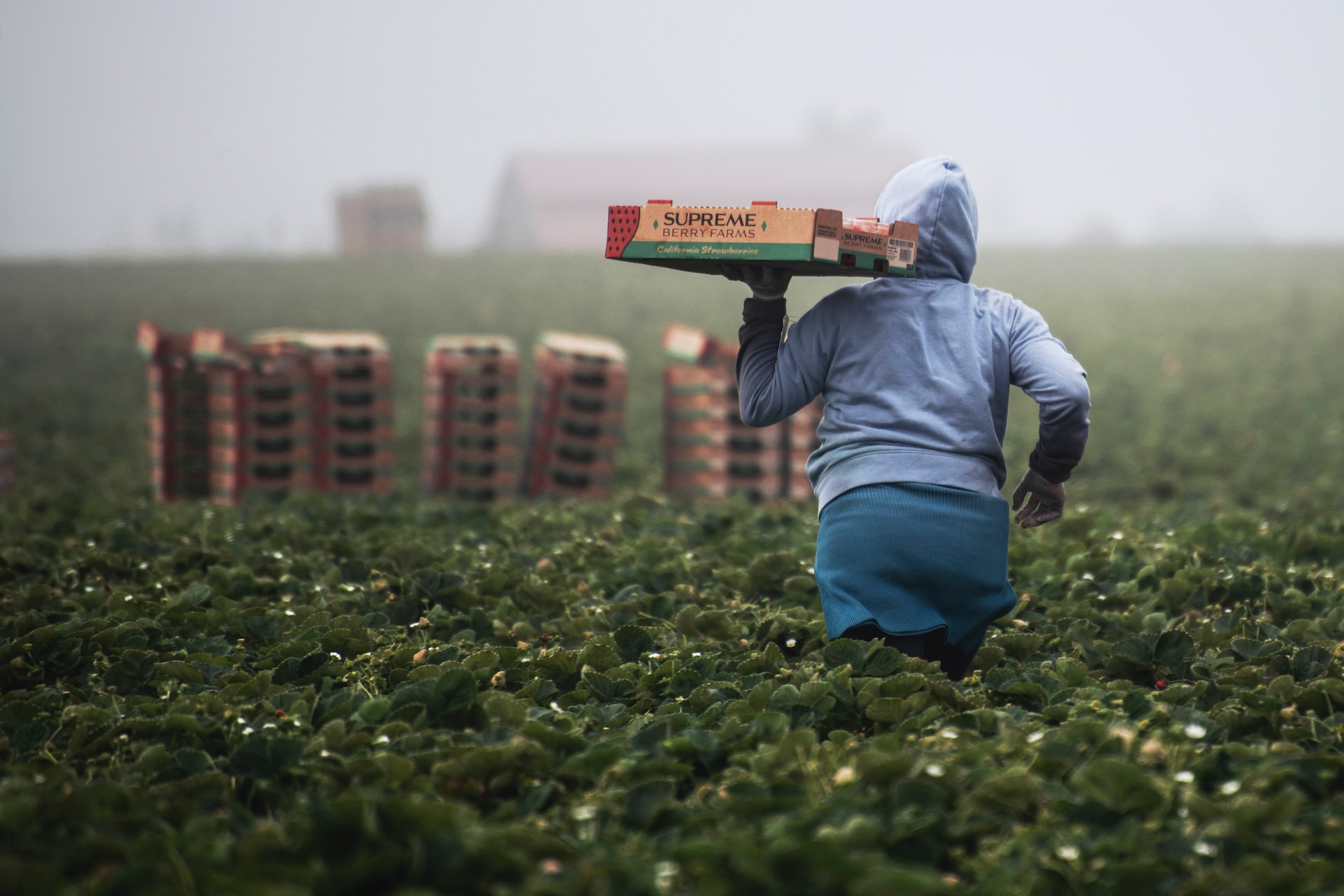Quality Assurance in Agricultural Imports: Best Practices for Importers and Exporters
In the intricate tapestry of global trade, where agricultural products traverse borders to reach new markets, the concept of quality assurance becomes a cornerstone for success. It’s not merely a regulatory checkbox; instead, it’s a strategic imperative that ensures the integrity of products, builds consumer trust, and cultivates long-term success. This article aims to unravel the nuances of quality assurance in agricultural imports, shedding light on the best practices that both importers and exporters should embrace. By examining key factors, trade-offs, and challenges, stakeholders can navigate this complex terrain and contribute to a future where quality is not just an assurance but a defining characteristic of agricultural products worldwide.
Understanding Quality Assurance:
A holistic approach quality assurance in agricultural imports involves a holistic approach that spans the entire supply chain. From the cultivation practices in the fields to the transportation and storage conditions, every step plays a crucial role in determining the final quality of the products that reach the consumers. For both importers and exporters, this means adopting a comprehensive strategy that goes beyond meeting regulatory requirements – it’s about ensuring the freshness, safety, and nutritional value of the agricultural goods.
Key Factors Impacting Quality Assurance Cultivation Practices:
Balancing Quantity and Quality Exporters often face the challenge of maximizing yields while maintaining the highest quality of their products. Striking the right balance involves implementing sustainable cultivation practices that prioritize both aspects. This may include investing in oranic farming, optimizing irrigation techniques, and employing technologies that enhance crop health.
Harvesting and Processing:
Timing is Everything Timeliness is critical in the agricultural sector. For exporters, ensuring that harvesting and processing occur at the optimal time is imperative to preserve the freshness and nutritional value of the products. Importers benefit from a reliable supply chain that delivers products at the peak of their quality, necessitating close coordination and communication between the two parties.
Transportation and Storage:
The Delicate Dance The journey from exporter to importer involves meticulous transportation and storage. Exporters must invest in efficient cold chain logistics to ensure that the products maintain their quality during transit. Importers, on the other hand, need well-equipped facilities to receive and store the products without compromising their freshness and safety.
Regulatory Compliance:
Navigating the Maze Regulatory standards for agricultural products vary across countries. Both importers and exporters must navigate this regulatory maze, ensuring that their products meet local standards and adhere to import regulations. This involves staying informed about the latest updates and changes in regulations in both the exporting and importing nations.
Add Your Heading Text HereTradeoffs in Balancing Different Factors
Cost vs. Quality:
The Eternal Dilemma Exporters often grapple with the cost of implementing stringent quality control measures. However, the tradeoff between cost-cutting and compromised quality can have severe repercussions on market reputation and consumer trust. Importers, on the other hand, might face higher costs for products that meet higher quality standards.
Volume vs. Customization:
Meeting Diverse Demands Importers often seek volume to meet the demands of supermarkets, while exporters face the challenge of customizing products to cater to diverse consumer preferences. Striking a balance involves offering a range of products that align with both mass-market appeal and niche preferences. This might require flexible production processes and efficient inventory management.
Technology Adoption:
Balancing Innovation and Practicality Embracing technological innovations in quality control is a delicate balance. While cutting-edge technologies can enhance precision, their implementation must be practical and align with the scale of operations for both importers and exporters. It involves assessing the cost-effectiveness and feasibility of integrating technologies like blockchain for traceability or sensors for real-time monitoring.
Challenges Associated with Different Approaches
Logistical Complexities:
The Achilles Heel Implementing comprehensive quality assurance measures introduces logistical complexities. For exporters, ensuring the freshness of products during long-distance transportation is a constant challenge. Importers, in turn, grapple with coordinating efficient supply chains to minimize delays and ensure products reach the shelves in optimal condition. This necessitates robust communication and collaboration between the two parties.
Communication Gaps:
The Risks of Misalignment Effective communication between exporters and importers is crucial. Misalignment in expectations and standards can lead to misunderstandings and compromises in quality. Bridging these communication gaps is a challenge that both parties must actively address, involving regular updates, clear documentation, and a shared commitment to quality.
Considering the Impact:
A Long-Term Perspective The decisions made regarding quality assurance reverberate through the entire supply chain, impacting the reputation of both importers and exporters. A commitment to quality pays dividends in the form of customer loyalty, positive brand image, and sustained success in the competitive global market.
Conclusion: Toward a Quality-Driven Future
In the world of agricultural imports, where the journey from farm to fork spans continents, the pursuit of quality is not just a regulatory necessity – it’s a commitment to excellence. By embracing best practices, navigating tradeoffs, and addressing challenges, importers and exporters can collaboratively contribute to a future where quality becomes synonymous with agricultural products. In a global market increasingly conscious of the origins and quality of the food it consumes, the pursuit of excellence in agricultural imports is not just a choice; it’s a commitment to a quality-driven future that benefits both producers and consumers alike.

